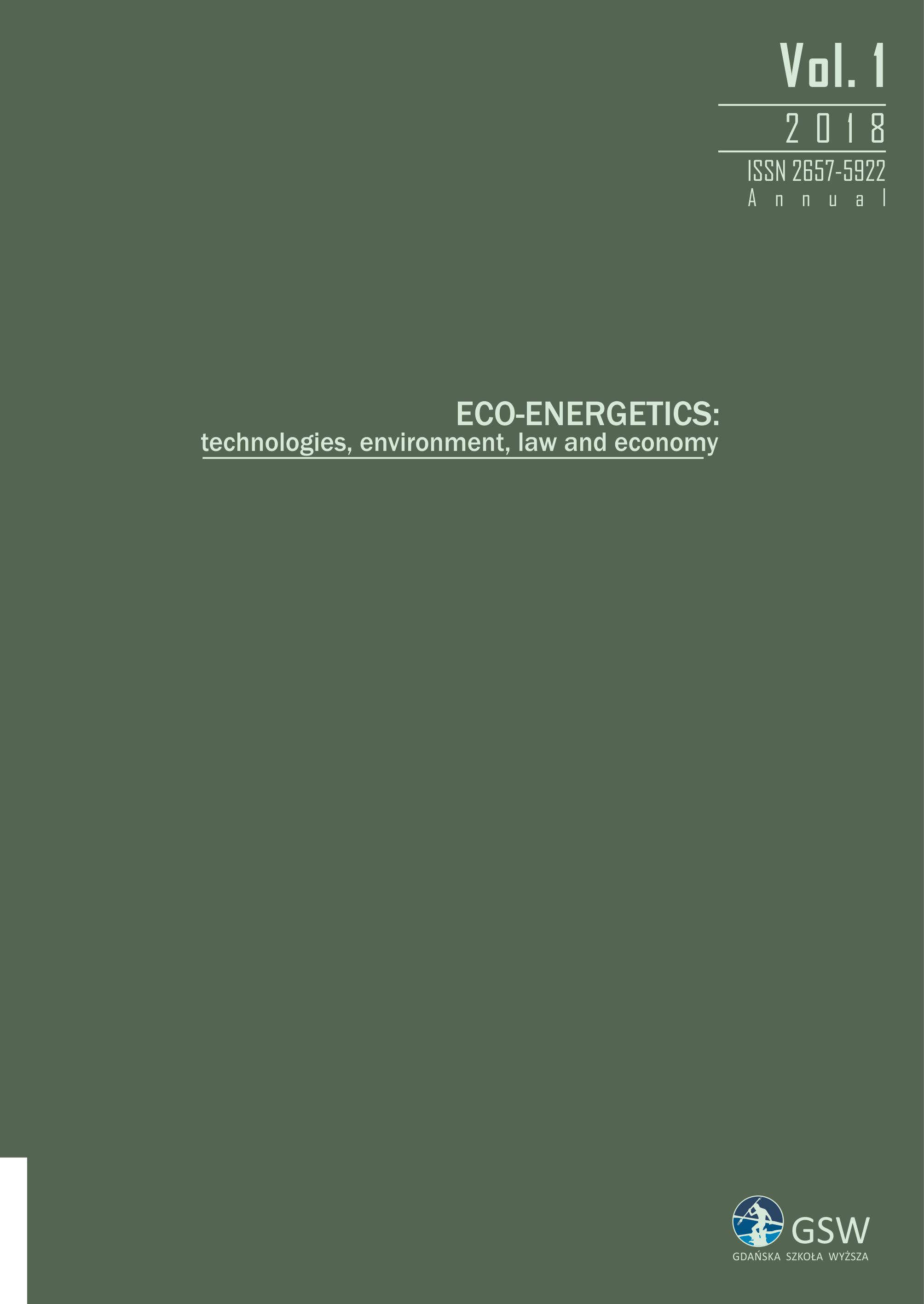Low Temperature District Heating — Critical Literature Review
DOI:
https://doi.org/10.24426/eco-energetics.v1i0.28Słowa kluczowe:
district heating, low temperature district heating, renewablesAbstrakt
Nowadays, numerous initiatives are being undertaken with the aim to prevent further pollution of air, earth and water. Low temperature district heating (LTDH) offer here an advantage over other heating methods. Implementation of LTDH network into existing buildings have been performed e.g. in Denmark and proved to be feasible without large thermal and in house installation modernisation; however, this must be checked for Polish conditions. The conditions and barriers for such test are discussed here.
Bibliografia
Castro, J.F., Flores, B., Lacarriere, B., Chiu, J.N.W., Martin, V. (2017). Assessing the techno-economic impact of low-temperature subnets in conventional district heating networks. Energy Proc, 116, 260–272.
Korniyenko, S. (2015). Evaluation of Thermal Performance of Residential Building Envelope. Proc. Engineering, 117, 191–196.
Schmidt, D., Kallert, A., Blesl, M., Svendsen, S., Li, H. (2017). Low Temperature District Heating for Future Energy Systems. Energy Procedia, 116, 26–38.
Guidelines for Low-Temperature District Heating. (2014). A deliverable in the project financially supported by the Danish Energy Agency in the R&D programme EUDP (Energiteknologisk Udviklings — og Demonstration Program):“EUDP 2010-II: Full-Scale Demonstration of Low-Temperature District Heating in Existing Buildings”.

